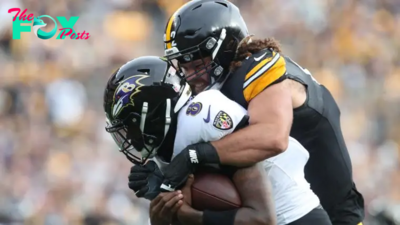Lifestyle
How to desensitise your pet to fireworks ahead of bonfire night
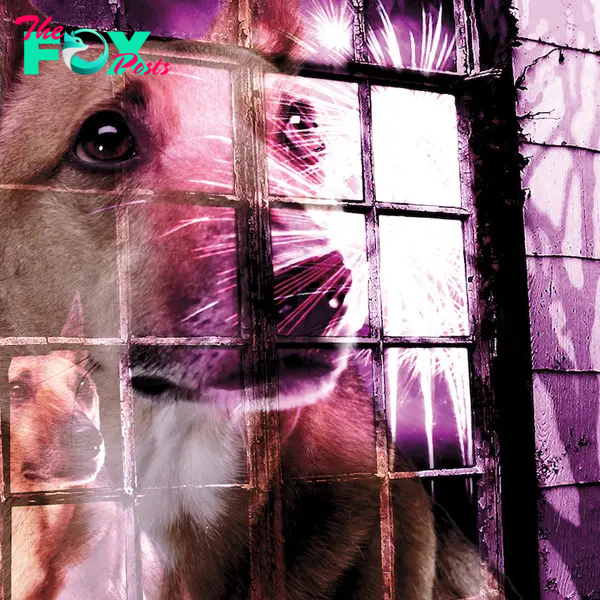
Adem Fehmi, Dog Behaviourist and Trainer for Barking Heads, explains why our dogs might react the way they do to fireworks – and the steps we can take to help them through this difficult period each year.
Before we look at how to help our dogs, it is important to take some time to understand why our dogs may react negatively to fireworks. Our dog’s ancestors, the wild canid (think wolf, fox, or wild dog for example), rely on their extremely well-developed senses to alert them to danger to keep them safe. Loud noises and flashes of light signal danger, which wild canids look to avoid and seek safety from. As our domestic dogs retain many of the same instincts, they too also try to avoid such ‘danger’. In the wild, these loud noises and/or flashes of light can come in the form of thunderstorms, volcanic eruptions, migrating herds, and avalanches, to name just a few.
All of these natural hazards can cause stress to a wild canid, igniting their fight or flight response yet all also come with far more warning than a firework being set off. With this taken into consideration, it is no wonder that so many of our dogs find fireworks night such a stressful experience. Imagine sleeping soundly in your living room and suddenly being awoken by multiple loud bangs and flashes of light that seem to have come out of nowhere, with no warning at all.
Dogs can show no signs of fear one year and this can change the next, so it is important to not take any previous relaxed behaviour for granted
No one wants their dog to feel stressed, anxious or afraid and we of course don’t want to simply wait for our dog’s first fireworks night to see how they react to this event. Instead, it is important to take steps to minimise the impact of fireworks on our dog before we witness any negative behaviour.
Read on to learn about my top tips for both preventing and overcoming anxiety or fear that your dog might have when hearing or seeing fireworks.
Prevention is better than the cure
If possible, build up your dog’s social exposure BEFORE fireworks night. By this I do not mean letting off a firework in your back garden, but instead use technology to your advantage. You can find videos of fireworks on YouTube, for example. I would recommend that you start by playing these lightly in the background without any visuals at first. If your dog copes well with this, you can then gradually, over time, increase the volume and introduce the sight of fireworks via a screen such as your TV. You should also reward your dog for positive and calm behaviour when hearing the sound or seeing the sight of fireworks – you want your dog to almost not notice and to positively reinforce this ‘not noticing’ behaviour.
Be proactive with your training
Whether your dog already shows signs of stress towards the sight or sound of fireworks or currently seems relaxed, it is important to be proactive with your training to either rehabilitate or prevent a behavioural issue. Remember that dogs can show no signs of fear one year and this can change the next, so it is important to not take any previous relaxed behaviour for granted. Just one bad experience can trigger a debilitating phobia for your dog and mean a lot of hard work needs to be put into rehabilitation.
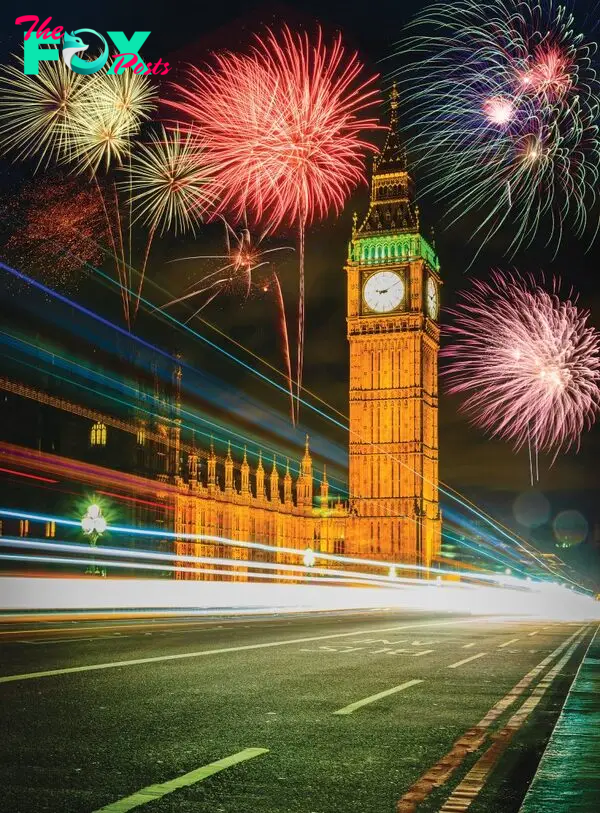
Don’t forget that a change in circumstances such as your dog entering a new life stage, moving to a new house, losing another pet or human family member, the development of another phobia or behavioural issue, or a whole host of other changes your dog might have encountered over the last 12 months, can all impact on your dog’s ability to remain calm and composed on fireworks night. It is always better to take the prevention rather than cure approach where possible. And if your dog already has a phobia, they will thank you on fireworks night should you have already taken steps to help them to overcome this. Read on for my top tips on how to structure your fireworks desensitisation training.
Top desensitisation tips
So, what is ‘desensitisation training’ in relation to fireworks? Put simply, it is making the unnatural occurrence of the loud noise, the bright sight, and perhaps even the ‘gunpowder’ smell of fireworks an occurrence that our dogs do not become frightened by or, at very least, an occurrence that your dog is able to get through with as little stress as possible. It is teaching our dogs that this event is nothing to be worried about. This training should happen before fireworks night (or any other time fireworks might be set off), and the earlier you start this training the more effective it is likely to be. Think ‘weeks’ in advance rather than ‘days’.
Here are some top tips to help you structure your fireworks ‘desensitisation’ training in advance of fireworks night.
- Exercise your dog before embarking on any introduction to the sight or sound of fireworks. This will help to reduce their energy, energy that could otherwise be placed into worrying about the sight, sound or smell of fireworks. Think about how exercise can calm us as humans and help us to forget our worries and relax. This is the same for our dogs and a well exercised dog is more likely to rest and settle than one with lots of energy.
- Build up your dog’s exposure to the noise and sight of fireworks slowly. By this I mean start to play the noise quietly and only increase the volume when your dog does not show any adverse reaction to the sound. The same is true for the site of fireworks – allow your dog to observe these from a distance before making the sight more prominent. If your dog displays an adverse reaction, don’t be afraid to take a step (or two!) backwards. You never want to cause a negative reaction, you should always work from the point that your dog is not reacting and build their confidence and exposure from this point.
- Use something your dog enjoys to reward their positive, non reactive behaviour towards the sight and sound of fireworks. Think favourite toy or super tasty treat!
- Start by introducing and playing the noise or introducing the sight of fireworks whilst your dog is happily focussed another activity. Keep reading for some easy to implement activities you can carry out with your dog!
- Patience and repetition are your friends! Take your time with your training, build up your dog’s exposure and confidence little by little, keep training sessions short and sweet, and always end on a positive.
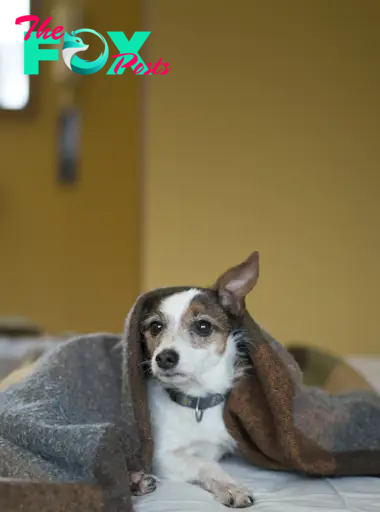
Desensitisation activities to try at home
To help your training get off to a good start, I have put together a few easy exercises that you can structure into your training schedule with your dog.
As a word of caution, if your dog already shows signs of fear or anxiety towards the sound of fireworks, other noises, or in other contexts, I would suggest that you seek behavioural advice before carrying out any activities such as those detailed below. This is because the activities may be overwhelming for your dog and a different approach may be needed for your individual case.
- TRAIN WHILST YOU WALK
Place your mobile phone in your pocket and play the noise of fireworks from this device whilst you walk your dog. Introduce the noise at the end of your walk when your dog is more tired rather than at the beginning (remember tip one from above!) Start by playing the noise quietly and building the volume up over time as your dog grows in confidence. - TRAIN WHILST YOU PLAY
Play the noise of fireworks lightly whilst you play a food game, toy game or train your dog when at home. You could also show the sight of fireworks via your TV, initially with no sound, as you play a game with your dog. - USE FOOD DISPENSING TOYS
Offer your dog a food dispensing toy stuffed with your dog’s favourite treat whilst lightly playing the sound of fireworks or showing the sight of fireworks (with no sound initially).
You will need to build your dog’s experience and exposure up over time, working at your dog’s individual pace
Over time, as your dog becomes accustomed to the sight and sound of fireworks individually, you can then start to combine the two together whilst your dog is focussed on an activity like the ones described above. The aim is for the sound and sight to become part of the everyday so that it does not come as such a shock on Fireworks Night, New Years Eve or on any other day in between and around these dates that someone might choose to let off fireworks.
You will need to build your dog’s experience and exposure up over time, working at your dog’s individual pace. This can take several weeks so it is better to start earlier than later.
How to handle fireworks night
Even the most confident and happy go lucky of dogs can be affected by fireworks. Below are my top tips to help your dog settle on Fireworks Night.
Be prepared! Check with your neighbours and local authority as to where fireworks might be being held so that you can be prepared for what is to come. If you know that your dog has an adverse reaction to fireworks and you cannot avoid the direct sight and noise, it may be better to arrange for your dog to stay with a friend, family member, or sitter – somewhere they will be away from the direct action.
Exercise your dog well and exercise them early in the day. As mentioned previously, a well exercised dog is more likely to rest and settle than a dog with unspent energy that can turn into anxious energy. If you exercise your dog early, you are also less likely to encounter a firework being let off whilst you are out, which could worry your dog or cause them to develop a phobia of fireworks.
Remain calm. Avoid making a big fuss about noise as this can unintentionally send a signal to your dog that there is something to be afraid of when in fact we want to be helping our dog to understand that there is nothing to fear. Consider how another dog would react towards your dog if you were not there. Although we want our dogs to feel that we are there for them, we want to show our dogs that there is nothing to be afraid of by modelling the desired behaviour and remaining calm ourselves.
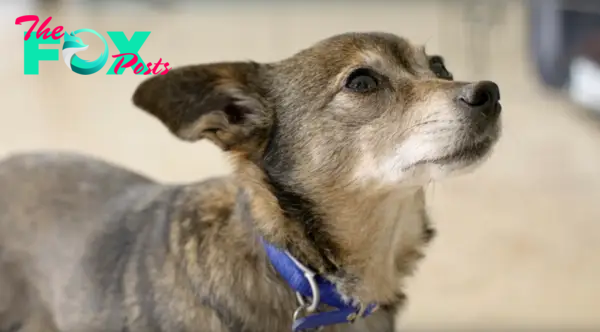
Set up a safe and inviting area for your dog. Close curtains or blinds and keep your dog as far away as possible from any fireworks that may be let off.
Play calming music to drown out or at least soften the sound of any fireworks that may be let off. I like to play Classic FM loudly on fireworks night until I am sure that the fireworks have finished.
Distract your dog by playing games with them or offering them a long lasting chew or fun food dispensing toy to tuck into. Keep the distractions positive and begin to play with them or give a chew or toy before any fireworks can be heard or seen. If your dog is already fearful, they are much less likely to accept a food toy or chew from you, and they may not be able to embark on a game they might usually find enjoyable due to their level of anxiety. If you start your distractions before they become fearful you are more likely to prevent fear and anxiety from developing.
Seek veterinary and behavioural advice before fireworks night if you know your dog is likely to suffer. A vet might be able to administer medication that can reduce your dog’s anxiety whilst a behaviourist should be able to get to the root cause of the issue and help you to work on alleviating your dog’s phobia.
-
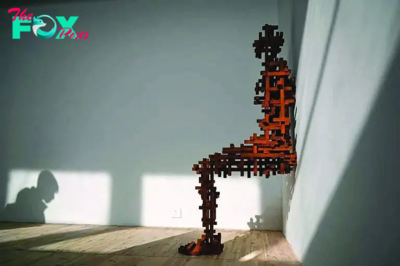
 Lifestyle5h ago
Lifestyle5h agoGormley's bridge to China | The Express Tribune
-

 Lifestyle5h ago
Lifestyle5h agoThree Pakistani streetwear moments that stole the show | The Express Tribune
-
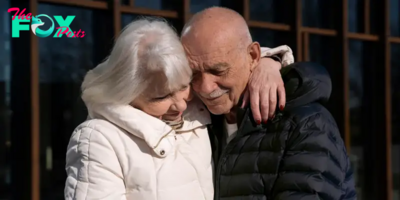
 Lifestyle9h ago
Lifestyle9h agoI Kicked Out My Grandparents, Who Raised Me, From My Graduation — Karma Quickly Taught Me a Lesson
-

 Lifestyle9h ago
Lifestyle9h agoI Noticed Something Odd About the Bride at My Best Friend’s Wedding – When I Lifted Her Dress, Everyone Was Left in Shock
-
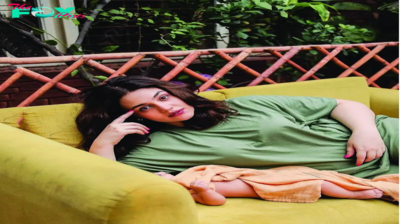
 Lifestyle10h ago
Lifestyle10h agoPakistani showbiz mums show how it's done | The Express Tribune
-

 Lifestyle10h ago
Lifestyle10h agoBLACKPINK all set to reunite next year | The Express Tribune
-

 Lifestyle15h ago
Lifestyle15h agoHuda Kattan uplifts Palestinian singer | The Express Tribune
-

 Lifestyle19h ago
Lifestyle19h agoBREAKING NEWS: Experts Weigh In on How Realistic It Is to Fix Sunlight Issue at Cowboys’ AT&T Stadium.Cau






